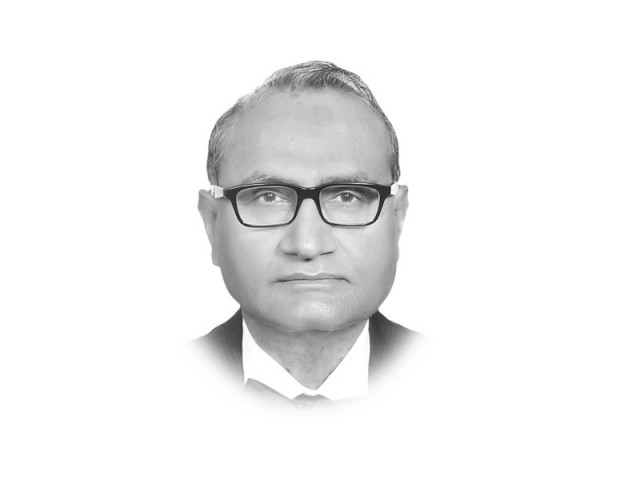Questions over privatisation
Before privatising any other utility, it will be in public interest to carefully study the case history of K-Electric

pervez.tahir@tribune.com.pk
According to the Privatisation Commission, the objective is to “improve the operational efficiency and overall performance” and “reduce the financial burden imposed upon the government”. The Commission also wants to “safeguard the interests of the consumers by formulating a regulatory framework prior to divestiture, particularly in the case of utilities”.
Take the case of the first objective. According to the minister of state for water and power, K-Electric is an inefficient utility that has failed to reduce power outages, despite the provision of 650MW of subsidised power from the national grid, access to cheap gas and the provision of tariff differential subsidy. Instead of serving the second objective of reducing fiscal haemorrhage, the privatised utility still owes Rs130 billion to government bodies. The third objective of consumer protection went for a six with the worst power cut in the history of Karachi. The National Electric Power Regulatory Authority (Nepra), the regulator supposed to protect consumers, woke up only when the damage had been done and many valuable lives were lost.
Contrary to his party policy, the minister of state threatened the utility with re-nationalisation. His senior, Khawaja Asif, while denying any plans for the takeover, agreed that the utility continued to rely on the national grid instead of using its idle capacity of 700-800MW. At a meeting of the cabinet committee on energy, the prime minister gave a shut-up call to the juniour minister over the takeover issue.
Initially, the senior minister expressed inability to do anything about a private-sector entity, forgetting the primary duty of the state to protect public interest. In the present case, the federal government still controls 27 per cent of the shares. Somebody, perhaps, reminded him of Nepra, which was duly ordered to take action against the utility for its failure to make adequate investment in the distribution system and the violation of licensing terms and the relevant regulations. Designed to be autonomous, Nepra promptly followed the orders and dusted a two-year-old report to hold K-Electric fully responsible for the crisis. In a police style FIR, it reopened a case of over-billing after a lapse of two years.
This public interest watchdog has been made dysfunctional by the government’s distaste for autonomous institutions. Other official apologists of privatisation point out to an essentially bad deal in 2005 by General (retd) Pervez Musharraf and the role of the PPP’s friends and relatives in 2009, when generation and distribution were bundled apart from the wrong skills of the management. However, the fake bank credit-worthiness certificate of the winner of the tender for constructing the second liquefied natural gas terminal and the cancellation of the privatisation of the Heavy Electrical Complex following the dishonouring of the cheque written by the buyer, do not inspire much confidence in the deal-making capacity of the present government.
Before privatising any other utility, it will be in the public interest to carefully study the case history of K-Electric.
Published in The Express Tribune, July 3rd, 2015.
Like Opinion & Editorial on Facebook, follow @ETOpEd on Twitter to receive all updates on all our daily pieces.















COMMENTS
Comments are moderated and generally will be posted if they are on-topic and not abusive.
For more information, please see our Comments FAQ